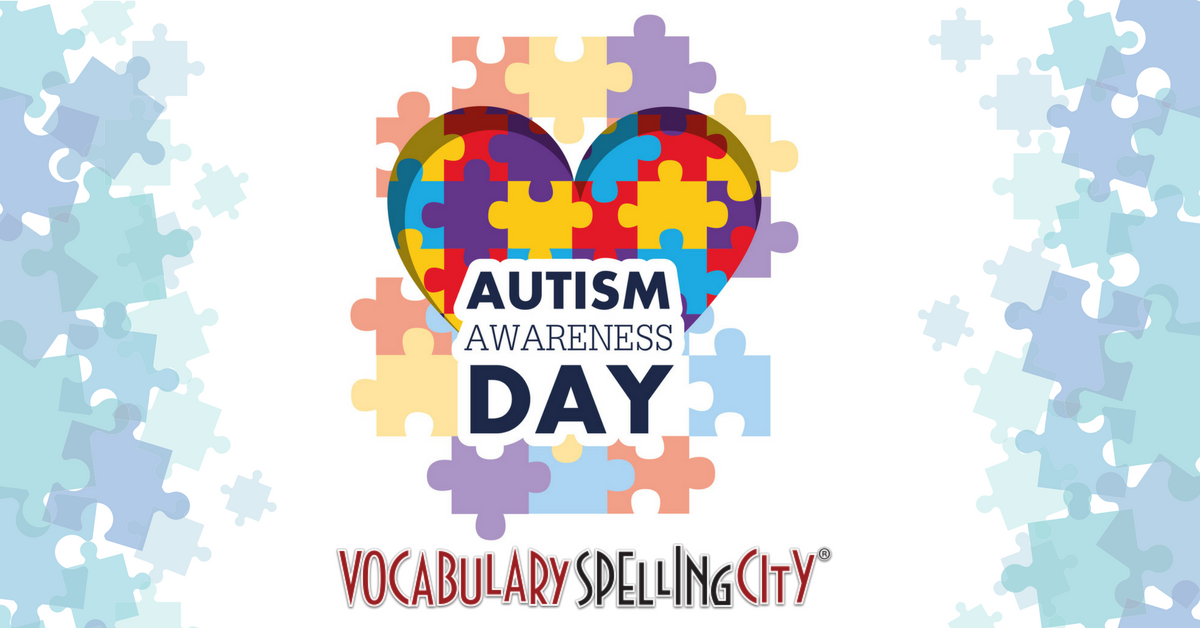- Teaching Resources
- WORD LISTS & LESSONS
- Reading Programs
- Grade Level Lists
- English/ Language Arts
- Figurative Language
- Grammar
- Spelling
- Vocabulary
- Literature
- Math
- Science
- Social Studies
- EDUCATIONAL TOPICS
- PRODUCT INFO
- General Info
- About WritingCity
- App
- Awards & Recognition
- Build Literacy Skills
- CODiE Award Finalist
- Conferences and Conventions
- Custom Sentences and Definitions
- Efficacy Study: Help Students Build Reading Comprehension
- Google Education App
- Google Single Sign-On
- Handwriting Worksheets
- Manage Student Data with Clever
- McREL Efficacy Study
- Online Learning Resources
- Parent Welcome Letters
- Personal Student Lists
- Phonics Games Build Literacy Skills
- Printables
- Review Lists
- SpellingCity/ NComputing
- Student Writing Practice
- Test Prep
- VocabularySpellingCity Acquires WriteSteps
- Webinars: Tim Rasinski
- White Paper on Effective Vocabulary Instruction
- Words Their Way White Paper
- Testimonials
- General Info
- TRAINING & HELP
- FUNDING
- WORD LISTS & LESSONS
Autism Awareness Day

Autism Awareness Day is recognized annually on April 2nd. The Autism Awareness Puzzle Ribbon is the universal sign of autism awareness. The shapes and colors represent the complexity of the autism spectrum and is used by many organizations to raise awareness. In efforts to raise public awareness and acknowledgment of the talents and abilities of individuals with autism, the United Nations (UN) first declared World Autism Awareness Day in 2007. Since the adoption of World Autism Awareness Day, other initiatives have come about, such as the “Light It Up Blue” campaign.
What is Autism?
Autism spectrum disorder (ASD) is a complex neurodevelopmental disorder characterized by difficulties in language development, social communication, and social interaction. Autism is considered a spectrum disorder as it affects each person differently and to varying degrees. Other disorders that fall under the autism spectrum are Asperger’s Syndrome, Pervasive Developmental Disorder, and Childhood Disintegrative Disorder.
Autism symptoms generally appear before the age of three, during the early childhood stage. Symptoms range from mild to severe. Behaviors associated with autism include:
- Lack or delay of language
- Difficulty communicating wants and needs
- Repetitive language
- Sensitivities to light, sound, or temperature
- Repetitive motor mannerisms, such as hand flapping
- Little or no eye contact
- Intense and highly-focused interests
Recent reports show that in the United States, 1 in 68 children (1 in 42 boys; 1 in 189 girls) are diagnosed with ASD.
Strategies for Teaching Students with Autism
Teachers need to understand autism and its effects on learning in order to better support the needs of students on the autism spectrum. Special education teachers and general education inclusion teachers can use the following instructional strategies to help their students with autism.
- Provide a structured classroom routine
- Repeat instructions and check for understanding
- Keep oral directions short and simple
- Use visual aids, such as graphs and charts
- Use appropriate technology and computer-based programs
- Teach social skills, like taking turns and hand raising
- Be aware of environmental triggers, such as loud noises or bright lights
- Allow for breaks throughout the day
Classroom Resources for World Autism Awareness Day
Import a World Autism Day word list and pair with interactive learning games and activities to raise autism awareness.

 Account
Account
 Search
Search
 Help
Help